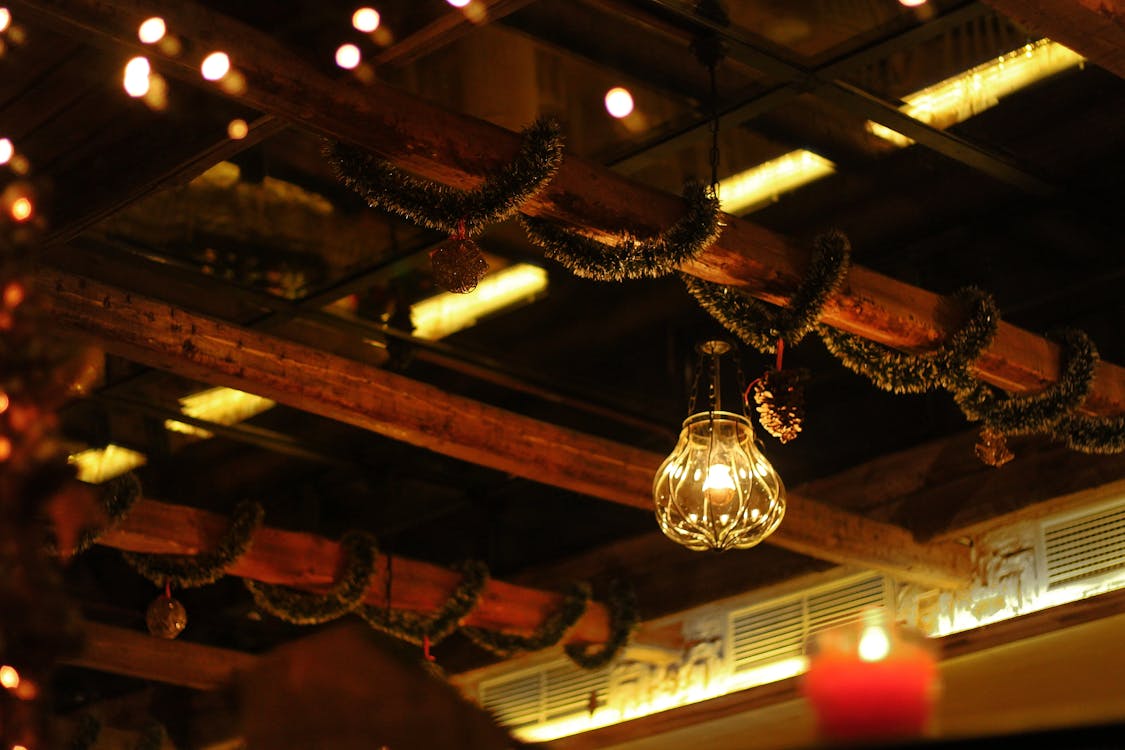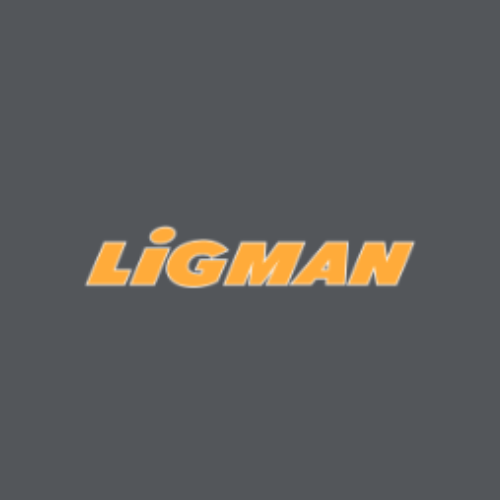When it comes to crafting the perfect ambiance and ensuring optimal functionality within any space, the choice of lighting is paramount. Among the diverse array of options available, recessed lighting shines as a beacon of modern design and adaptable performance. Its ability to integrate effortlessly into ceilings and walls, providing illumination without visual clutter, makes it a favored choice for homeowners, architects, and interior designers alike. Whether you envision a sleek, minimalist aesthetic, targeted pools of light for specific tasks, or subtle
accents to highlight architectural nuances, understanding the intricacies of recessed lighting unlocks a world of luminous possibilities.

The Elegance of Flush-Mounted Design
At its heart, recessed lighting – often referred to as downlighting – is characterized by its flush-mounted installation. These fixtures sit snugly within the ceiling or wall cavity, presenting a smooth, uninterrupted surface. This inherent design advantage contributes significantly to a clean and contemporary visual appeal. Unlike traditional light fixtures that extend outwards, potentially disrupting sightlines and the overall harmony of a space, recessed lights blend seamlessly with their surroundings. Imagine a kitchen bathed in bright, even light, with no hanging fixtures to obstruct the view or a hallway gently illuminated by subtle wall washes – this is the understated elegance that recessed lighting brings to the table. 🏡
A Spectrum of Choices: Exploring Recessed Lighting Types
The realm of recessed lighting offers a variety of fixture types, each with its own set of characteristics and benefits:
- Incandescent: Once the prevalent choice, incandescent recessed lights are now less favored due to their relatively low energy efficiency and shorter operational lifespan. They emit a warm, inviting glow but consume more power compared to newer alternatives. ⏳
- Halogen: Offering a brighter and crisper light output than their incandescent counterparts, halogen recessed lights gained popularity as an upgrade. However, they still fall short of LEDs in terms of energy savings and generate a considerable amount of heat during operation. 🔥
- LED (Light Emitting Diode): The undisputed leader in contemporary illumination, LED recessed lighting presents a compelling combination of energy efficiency, longevity, and versatility. These fixtures consume significantly less power, boast remarkably long lifespans, produce minimal heat, and are available in a wide spectrum of color temperatures and brightness levels. The advent of LED technology has truly revolutionized the capabilities of recessed illumination. 🌟
- Smart Recessed Lights: Pushing the boundaries of lighting control, smart recessed lights integrate seamlessly with modern smart home ecosystems. Controlled via intuitive smartphone applications or voice commands, they offer advanced features such as dimming, customizable color palettes (RGB), automated scheduling, and synchronization with other smart devices, providing unparalleled control over your luminous environment. 📱

Navigating the Nuances: Key Considerations for Selection
Choosing the ideal recessed lighting solution requires careful evaluation of several crucial factors:
- Size and Scale: Recessed lights are typically sized by their diameter in inches, with common options including 4-inch and 6-inch fixtures. Smaller sizes (e.g., 2-inch or 3-inch) are often employed for accent lighting or in confined spaces, while larger sizes are generally used for broader, general illumination. The chosen size will influence both the light output and the overall visual presence of the fixtures. 📏
- Illuminating Power: Lumens: The brightness of a light source is measured in lumens. The required lumen output for your recessed lighting will depend on the dimensions of the room, the height of the ceiling, and the intended function of the space. General lighting typically necessitates higher lumen outputs, whereas accent lighting can effectively utilize lower lumen fixtures to create focused pools of light. 🔆
- The Art of Color Temperature: Measured in Kelvin (K), color temperature dictates the perceived warmth or coolness of the emitted light. Warmer temperatures (2700K-3000K) produce a cozy, yellowish hue, ideal for creating inviting atmospheres in living rooms and bedrooms. Cooler temperatures (3500K-4100K) emit a brighter, whiter light, well-suited for task-oriented areas such as kitchens, bathrooms, and home offices where clarity and focus are paramount. Daylight temperatures (5000K-6500K) mimic natural daylight and are often preferred for detailed work or artistic endeavors. 🌡️
- Directing the Beam: Angle of Light: The beam angle refers to the degree of spread of the light emitted from the fixture. Narrow beam angles (e.g., 25-40 degrees) are perfect for highlighting specific objects, artwork, or architectural details, creating dramatic focal points. Wider beam angles (e.g., 60 degrees or more) provide a broader wash of light, ideal for general ambient illumination. 📐
- Environmental Suitability: Wet vs. Dry Ratings: For installations in moisture-prone environments such as bathrooms, showers, and outdoor areas, it is imperative to select recessed lights with the appropriate wet or damp safety ratings. This ensures that the fixtures are adequately sealed and protected against water ingress, preventing potential electrical hazards and ensuring long-term durability. 💧
A World of Applications: Unleashing the Potential of Recessed Lighting
The inherent versatility of recessed lighting allows it to be seamlessly integrated into a wide range of applications:
- General Ambient Lighting: Strategically positioned recessed lights can provide a consistent and even layer of light throughout an entire room, effectively eliminating shadows and creating a uniformly illuminated space. 🛋️
- Focused Task Lighting: Installing recessed lights directly above work surfaces such as kitchen countertops, desks, or reading chairs provides focused illumination precisely where it's needed, enhancing visibility and reducing eye strain during specific tasks. 🍳
- Dramatic Accent Lighting: Utilizing recessed lights with narrow beam angles allows you to artfully highlight cherished artwork, sculptural pieces, bookshelves, or unique architectural features, adding depth, dimension, and visual interest to your interior design. 🖼️
- Enhanced Outdoor Illumination: Wet-rated recessed lights can be discreetly installed in soffits, under eaves, or along pathways to provide both安全 and aesthetically pleasing illumination for your outdoor living spaces and walkways. 🌳
The Ascendancy of LEDs: Recognizing the Best LED Recessed Lights
In today's lighting landscape, LED recessed lighting stands out as the pinnacle of performance and efficiency, representing the best recessed lighting options available:
- Unrivaled Energy Efficiency: LEDs consume significantly less electrical energy compared to traditional incandescent and halogen bulbs, translating directly into substantial reductions in your monthly energy bills over the long term. 💰
- Exceptional Operational Lifespan: LED recessed lights boast impressive lifespans, often lasting tens of thousands of hours of continuous use. This remarkable longevity minimizes the need for frequent bulb replacements, saving you both time and the recurring cost of new bulbs. ⏳
- Minimal Heat Generation: Unlike their incandescent and halogen predecessors, LEDs produce very little heat during operation. This not only enhances safety but can also contribute to a more comfortable indoor environment and potentially lower air conditioning costs during warmer months. 🔥➡️❄️
- Unparalleled Versatility in Design and Functionality: LED recessed lighting is available in an extensive array of styles, sizes, color temperatures, and beam angles, offering unparalleled flexibility to complement any design vision and fulfill a wide spectrum of functional lighting requirements. ✨
- Long-Term Cost Savings: While the initial investment in LED fixtures might be slightly higher than traditional options, their superior energy efficiency and extended lifespan result in significant cost savings over the life of the product, making them a financially sound choice in the long run. 💸
Recessed Wall Lights: Subtle Guidance and Architectural Emphasis
Beyond their ceiling-mounted counterparts, recessed wall lights offer a distinctive approach to illumination, perfect for guiding pathways, illuminating staircases, or subtly accentuating textured wall surfaces and architectural details. They provide a sophisticated and space-saving lighting solution, enhancing both safety and the aesthetic appeal of interior and exterior spaces. Imagine soft washes of light gracefully illuminating a hallway or subtly highlighting the texture of a stone wall – this is the understated elegance and functionality of recessed wall lighting. 🚶♀️➡️💡

Selecting the Optimal Solution: Finding the Best Recessed Lighting for Your Needs
Identifying the best recessed lighting for your specific project requires a thoughtful evaluation of your individual needs, aesthetic preferences, and budgetary considerations. Key factors to consider include:
- Light Quality and Color Rendering: Opt for fixtures with a high Color Rendering Index (CRI) to ensure that colors within your space are rendered accurately and vibrantly. 🌈
- Energy Efficiency and Sustainability: Prioritize LED fixtures to maximize energy savings and minimize your environmental footprint. 🌎
- Product Lifespan and Warranty Coverage: Choose reputable manufacturers that offer comprehensive warranties on their long-lasting products. ✅
- Style and Finish Compatibility: Select fixtures with a style and finish that seamlessly integrate with your existing interior or exterior design scheme. 🎨
- Ease of Installation and Maintenance: Consider the complexity of the installation process and the long-term maintenance requirements of the chosen fixtures. 🛠️
A Word on Installation: Prioritizing Safety and Expertise
While the sleek and integrated look of recessed lighting is undeniably appealing, proper installation is paramount for ensuring both safety and optimal performance. The installation process typically involves cutting openings in the ceiling or walls and establishing secure electrical connections. It is strongly recommended to engage a qualified and licensed electrician for the installation, particularly if you lack experience with electrical wiring. Professional installation guarantees that the lights are wired correctly and safely, adhering to all relevant local electrical codes and ensuring the long-term reliability of your lighting system. 👷♂️🔌
Conclusion: Illuminating Spaces with Modern Efficiency and Style
Recessed lighting, particularly the advancements in LED recessed lighting, represents a sophisticated, energy-efficient, and aesthetically versatile approach to illuminating both residential and commercial environments. Its seamless integration, adaptability to various applications, and the numerous advantages offered by LED technology make it a premier choice for those seeking a modern, sustainable, and visually appealing lighting solution. By carefully considering your individual needs and the diverse factors outlined, you can effectively harness the power of recessed lighting to transform your spaces into well-lit, inviting, and stylish environments. ✨





Comments